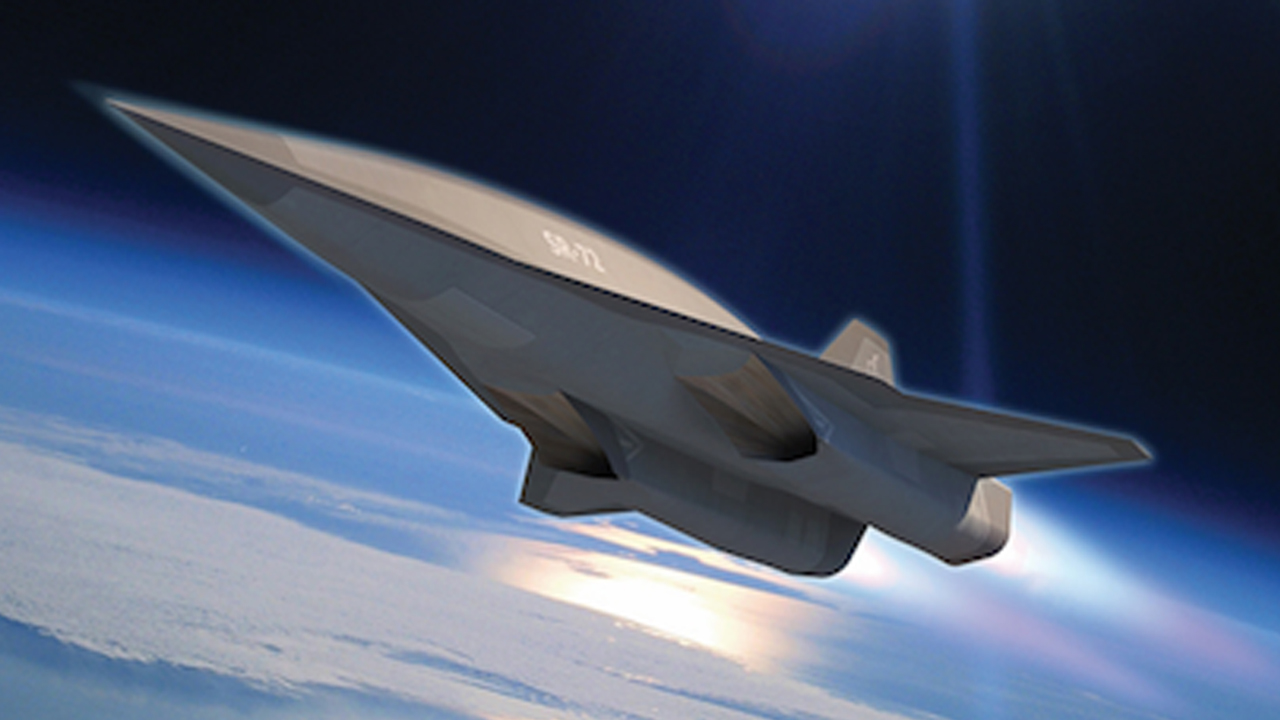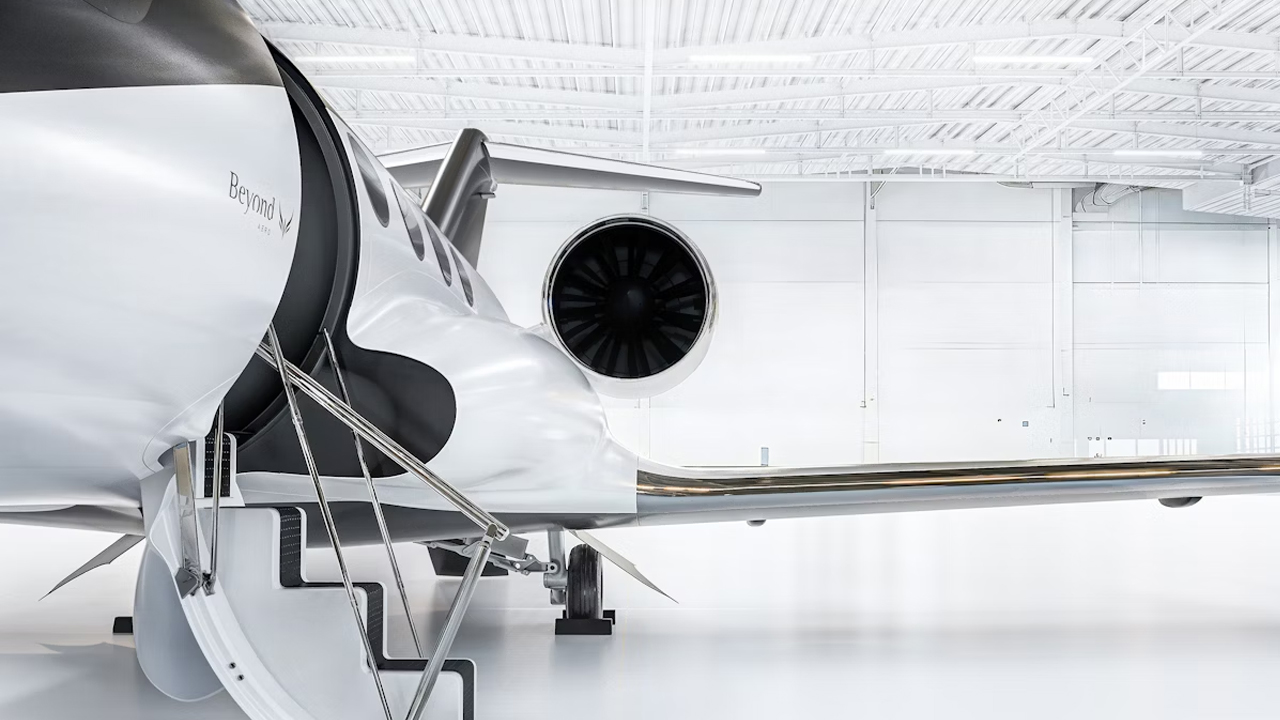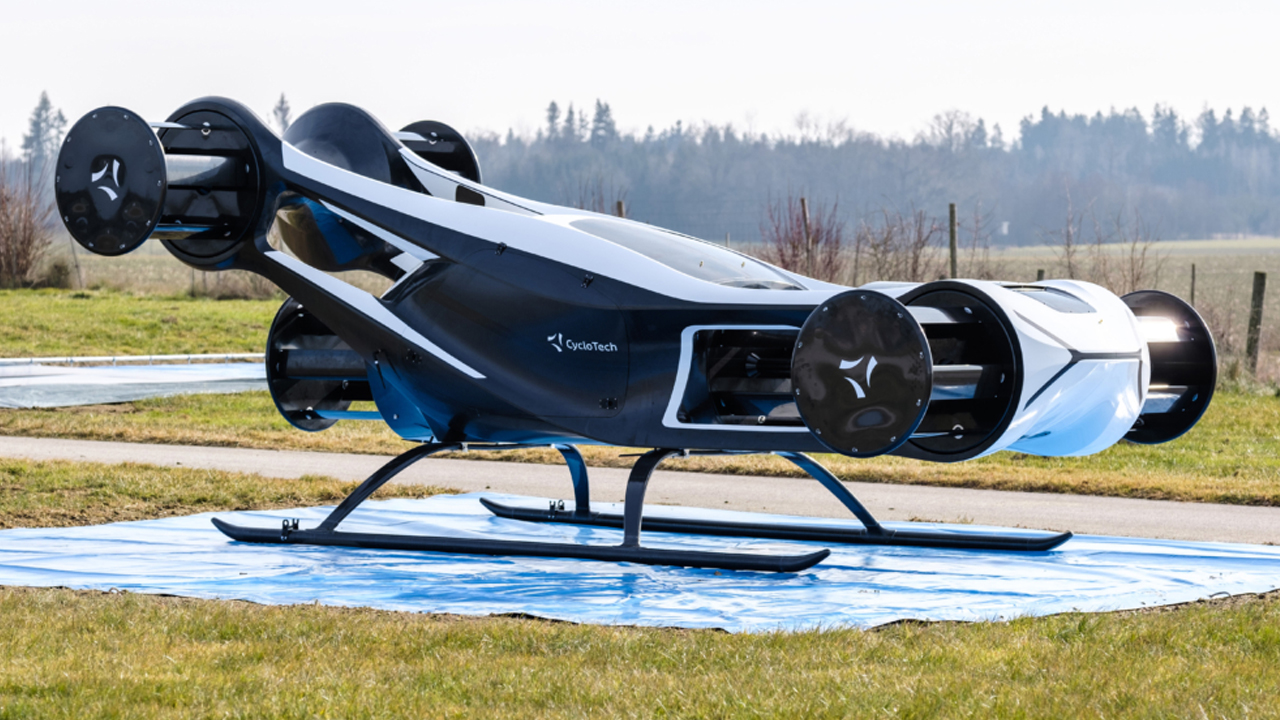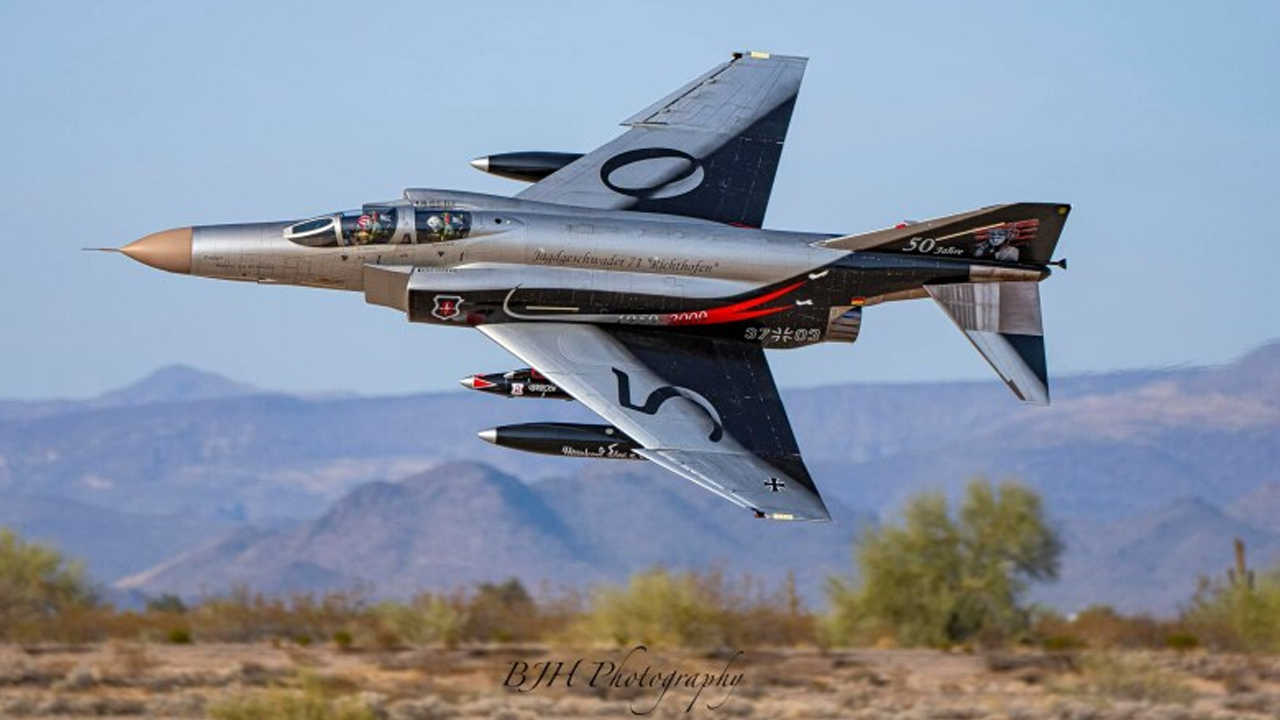The SR-72 Darkstar isn’t science fiction anymore — it’s the future of high-speed warfare. While a lot of attention gets thrown at hypersonic missiles, the SR-72 is something else entirely. This aircraft is built to cruise at over Mach 6, gather intel, and even deliver strikes before most enemies know it’s coming. What really sets it apart, though, is one feature that China hasn’t been able to match — a power system that changes how we think about speed, stealth, and combat readiness.
Turbine-Based Combined Cycle (TBCC) Propulsion
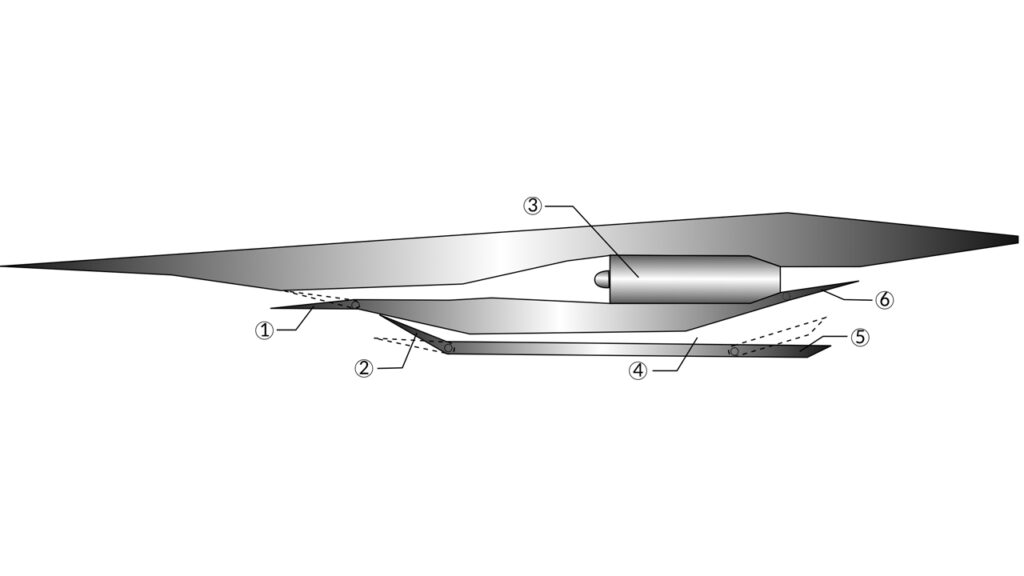
At the heart of the SR-72’s capabilities is its Turbine-Based Combined Cycle (TBCC) engine. This advanced propulsion system merges a traditional turbine engine with a scramjet, allowing the aircraft to accelerate from takeoff all the way to Mach 6 without any rocket boosters. That seamless switch from low to hypersonic speeds is something few other aircraft in the world can match, and it’s a key reason the SR-72 is so disruptive.
China’s hypersonic projects, like the MD-22, are impressive but still rely on more conventional systems or external boosters. That limits flexibility. The SR-72’s engine is fully integrated, meaning it doesn’t need extra stages or launch platforms to hit top speed — it can just go. (Source: Wikipedia)
Operational Flexibility and Rapid Deployment

The SR-72 isn’t just about speed — it’s about how quickly and efficiently it can be put to use. It’s designed to take off from regular airfields, hit hypersonic speeds, and carry out missions without needing complex prep or support systems. That kind of versatility is rare, and it gives the U.S. a serious edge in any fast-moving conflict or intelligence scenario.
By comparison, many Chinese hypersonic systems still depend on launch trucks or booster stages that take time to set up and deploy. That delay could be the difference between hitting a target in time or missing a critical window. The SR-72’s streamlined process means it’s ready when it counts. (Source: Army Recognition)
Stealth and Survivability at Hypersonic Speeds
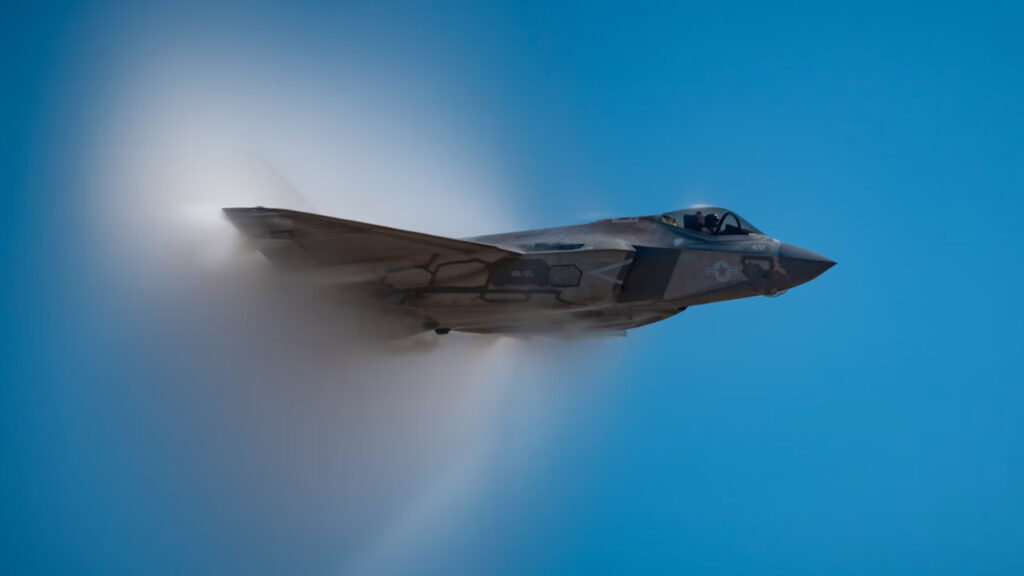
One of the biggest challenges with hypersonic flight is surviving it — the speed generates extreme heat and plasma that lights up radar systems like a beacon. But the SR-72 is reportedly built with cutting-edge materials and a design that minimizes its radar signature, giving it a real chance to slip through enemy defenses unnoticed, even at Mach 6.
China’s DF-ZF hypersonic glide vehicle can maneuver at high speeds, but stealth isn’t its strong suit. The SR-72’s stealth capabilities make it far more suited for penetrating hostile airspace without triggering immediate countermeasures. That survivability is a huge win in contested environments. (Source: Wikipedia)
Integration with Advanced Weaponry
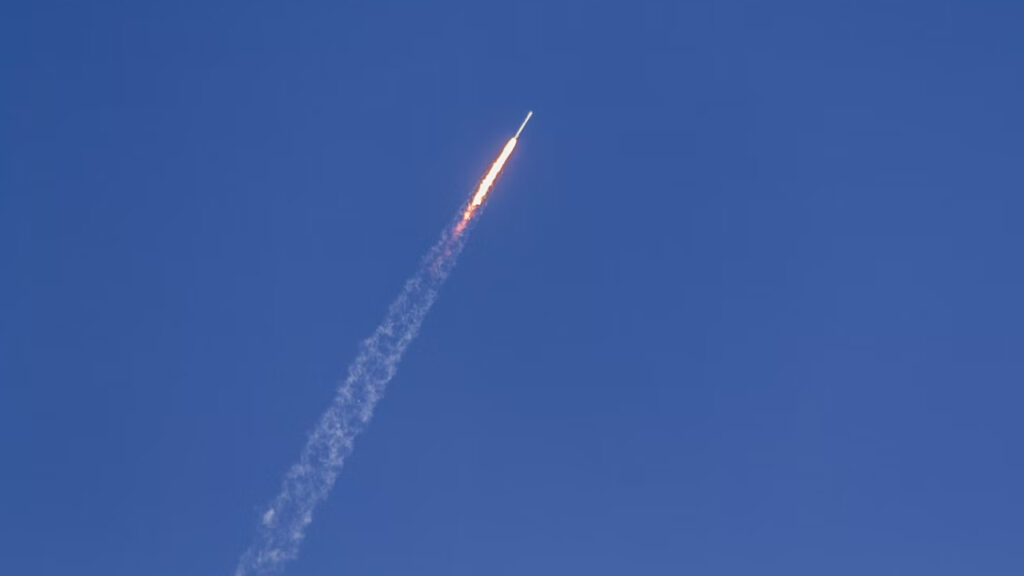
The SR-72 isn’t just a recon plane — it’s a potential strike platform. It’s being built to carry hypersonic missiles and other precision-guided weapons, which it could deliver faster than any current platform. That makes it more than just a fast mover — it’s a tool for fast, decisive action when seconds matter.
China is investing heavily in hypersonic weapons, but integrating those into a single craft with the range, speed, and stealth of the SR-72 is another level entirely. The ability to scout and strike in one pass, without relying on external support, is a serious tactical advantage. (Source: Simple Flying)
Strategic Implications and Future Outlook
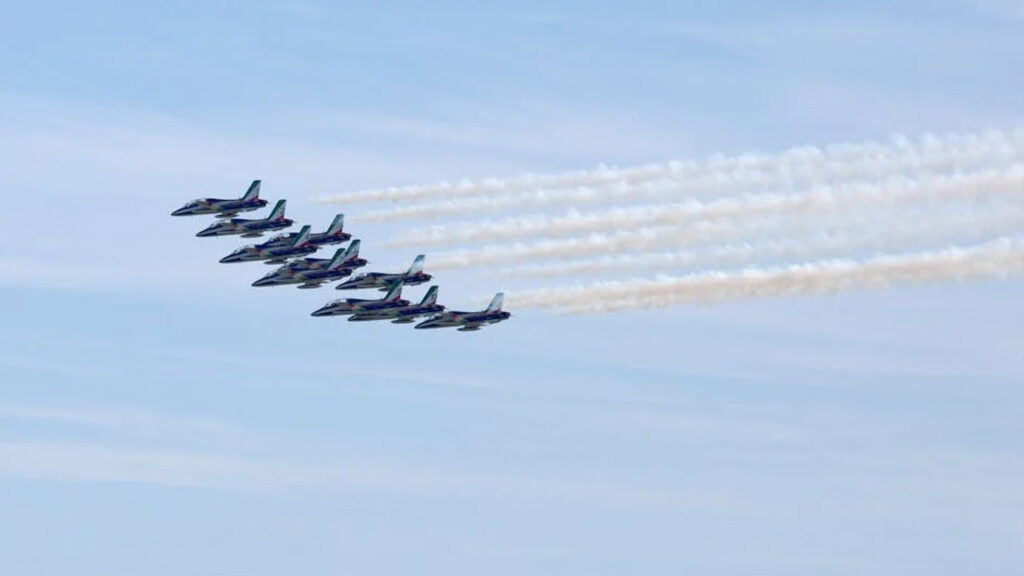
The SR-72 isn’t just another military aircraft — it represents a shift in how aerial warfare could play out over the next few decades. It’s fast, flexible, hard to detect, and capable of reaching anywhere in the world in just a couple of hours. That kind of capability forces a rethink of global military strategy and deterrence.
China’s hypersonic efforts are serious, but the SR-72 brings a level of integration and capability they haven’t shown yet. If the aircraft enters service as planned, it could redefine what’s possible in both surveillance and combat roles — and make other countries rethink how they prepare for conflict. (Source: The National Interest)


